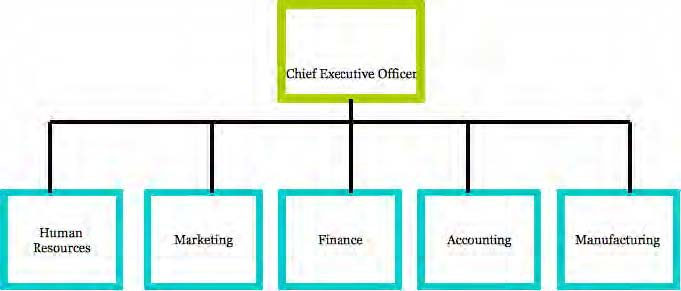A global functional structure is often adopted by companies with a very limited product scope. A CEO will oversee a number of business functions that have been identified as critical to business operations. Because the product mix is singular or limited, the CEO can coordinate the work of the functions and bring the resources of each to bear on the product line. In this case, the CEO serves as the common denominator between the functions.
Advantages: In many organizations, the primary sources of expertise are functionally based. Therefore, economies of scale can be achieved by grouping these resources by function. In the case of human resources, for instance, a central human resources function can serve as a consultant to all parts of the organization on issues such as pay and performance evaluation. This eliminates the redundancy occurring when multiple parts of the organization attempt to develop such programs on their own. A functional organization also enables the organization to standardize policies, practices and procedures that can be carried out throughout the organization.
Disadvantages: The primary focus on business functional activity, often distracts organizations from specific product requirements, customer needs, and geographic idiosyncrasies. With the top of the organization serving as common denominator and arbiter between the functions, strategies may not reflect realities on the ground as decisions are made without the benefit of close interaction with customers and deep understanding of local circumstances.

- 17854 reads






